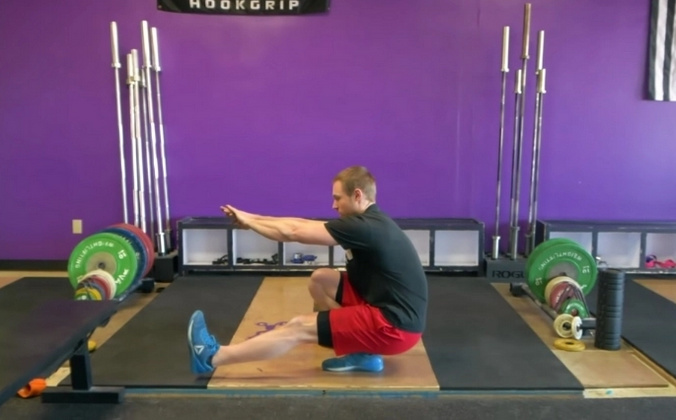So, with my training for my 5k, I have been having left knee problems. In the past, I went from jogging to biking, because I always got hurt jogging. Never got hurt biking. But biking takes too long – a 30 minute jog is challenging, but a 30 minute bike ride, once you’re used to biking, is nothing. I’d like to continue jogging.
I listened to two people who advocate an exercise regimen called “knees over toes” or KOT.
I thought this was interesting, so I bought their book:
I’ve been performing some of these exercises, and I really do think they help.
One thing discussed in the podcasts, but not the book, is walking backwards. This includes walking backwards on a treadmill that is off. You have to “push” against the resistance of the treadmill.
We have a treadmill in the building where I work. I walk backwards on the treadmill, then do the recommended exercises in the KOT book. I can only do about half (or less) of the recommended repetitions. But I do think it helps.
If you’re having any knee trouble, I highly recommend into at least looking at this.
I believe they have you tube channels where they show the exercises. I will likely go there too, as I have questions about a few of the exercises from the book and whether I’m doing them correctly.





 ! I’ve been practicing the “squat” for almost two years and can say it probably saved my back and legs. The squat necessarily has knees just over toes. I also do the lunge like position shown on y image w resistance bands to produce an almost perfect upper leg exercise. To make progress I found I had to work on core strength (abs, buttocks and sides) to avoid cramps and crunching up my lungs while squatting. My results took over a year for a moderate muscle build on my legs. Happy with that. Fyi I’m 59, if that even matters.
! I’ve been practicing the “squat” for almost two years and can say it probably saved my back and legs. The squat necessarily has knees just over toes. I also do the lunge like position shown on y image w resistance bands to produce an almost perfect upper leg exercise. To make progress I found I had to work on core strength (abs, buttocks and sides) to avoid cramps and crunching up my lungs while squatting. My results took over a year for a moderate muscle build on my legs. Happy with that. Fyi I’m 59, if that even matters.